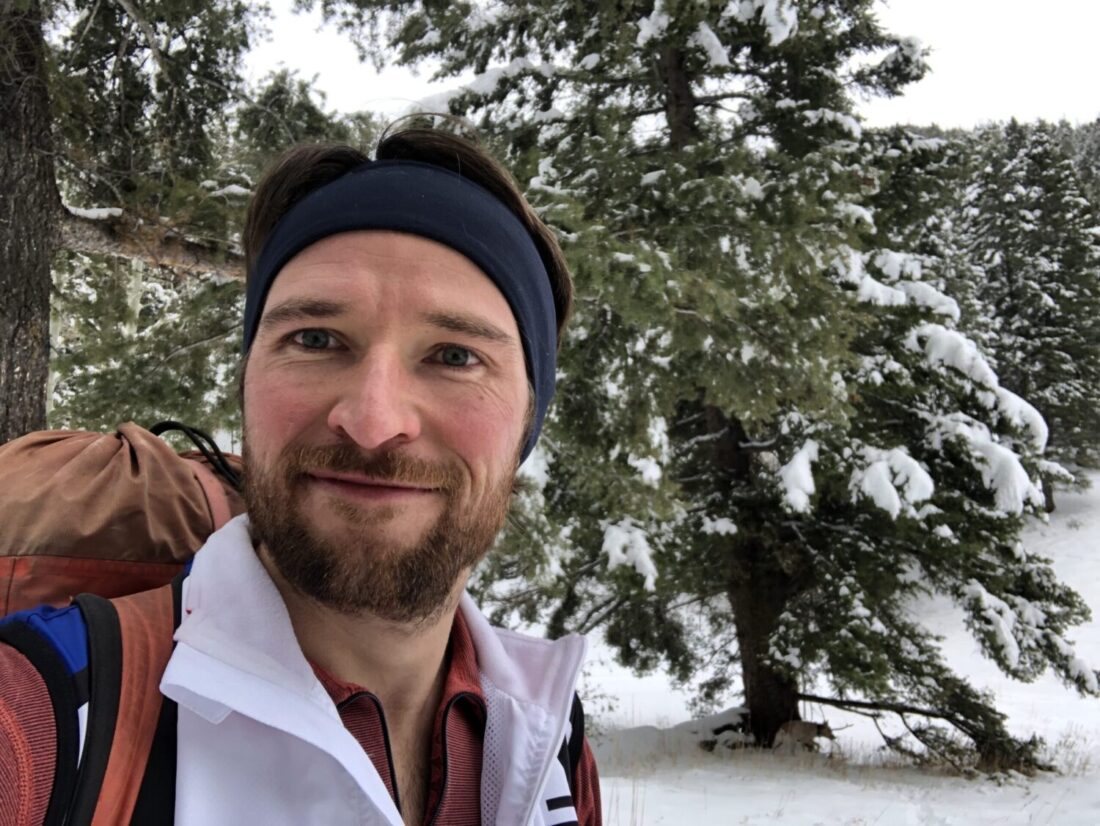
Event Navigation

Title: Fouriers in Snow: Exploring radar and infrasound remote sensing of snow
Abstract: Snow has profound impacts on our globe, economies, and ecosystems serving as a vital reservoir for drinking and irrigation water, renewable hydroelectric power, and as a natural hazard. However, effectively monitoring snow and snow water equivalent (SWE) presents challenges due to interannual variability, with SWE fluctuating by over 500 mm between years and peak snowmelt timing varying up to a month. These challenges will be further exacerbated by the non-stationarity of these snow and avalanche patterns in a changing climate requiring new spatially and temporally expansive remote sensing.
In this dissertation, we explore the potential of two evolving remote sensing techniques—synthetic aperture radar (SAR) and infrasound remote sensing—to address these monitoring challenges. SAR utilizes millimeter to meter scale electromagnetic waves to capture snow distributions over large spatial scales and throughout winter seasons. These SAR systems offer the advantage of sub-weekly global imaging capabilities, unaffected by clouds, weather, or polar darkness, and sensitivity to snow depth, SWE and snow wetness. Using airborne and satellite SAR systems at multiple frequencies, we assess current and future satellite’s capabilities and uncertainties for global snow monitoring using time of flight and signal amplitude approaches. We also explore snow’s impact on infrasound monitoring, monitoring large-events using sound waves below human hearing. These infrasound networks provide continuous records of the location and timing of avalanches, earthquakes, and other large events over synoptic spatial extents. We assess the seasonal biases and limitations caused by snow burial on infrasound arrays to better understand infrasound monitoring of avalanche patterns. These two remote sensing technologies will give us unprecedented ability to monitor global SWE and synoptical-scale avalanche patterns over the coming decade and this dissertation hopes to improve our understanding of the power and limitations of these technologies.
Advisor: HP Marshall and Jeff Johnson
Committee Members: Charlie Luce, Shadi Oveisgharan, Shad O’Neel, Franz Meyer